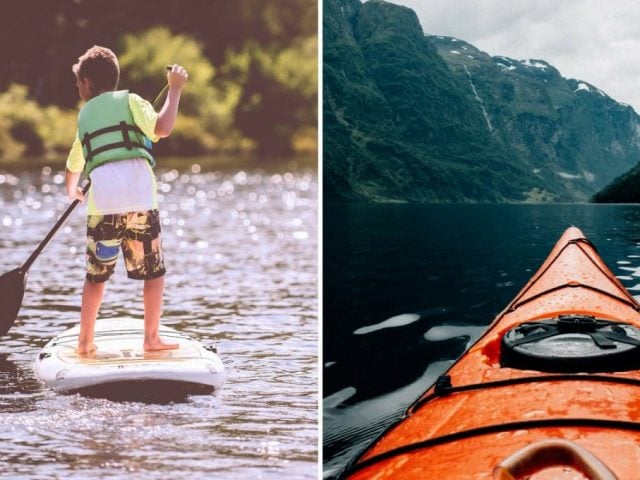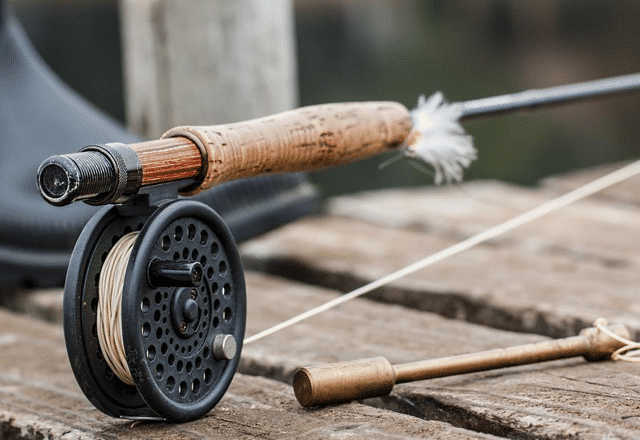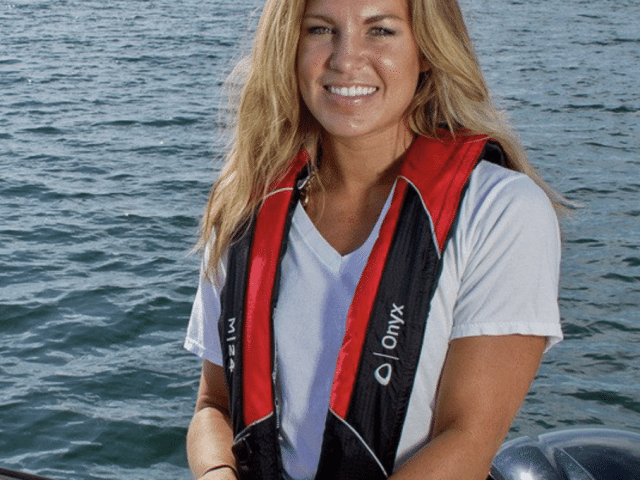It’s winter and your kayak or paddleboard is likely hibernating until spring. But that doesn’t mean you need to hibernate, too! Now is a good time to do some strength and conditioning to make sure you’re in peak paddle condition when warmer weather returns!
NOTE: Consult your doctor if health or injury risks are a concern! And if you are inexperienced with weight training, it is very helpful to find a personal trainer or class that can teach you good form and healthy strength training habits.
Incorporating one to three strength workouts per week can have significant impact on your overall health and your paddling ability. Start each strength session with a few minutes of light cardio (running, jumping rope, etc.) to warm up your muscles
Benefits of Strength and Conditioning
Most paddlers don’t incorporate strength training into their regular routine. But smart strength training can have a big impact on your paddling and overall health!
Paddle Faster and Stronger
The more force your muscles are able to generate the faster you can pull the paddles through the water. This isn’t just for paddling faster (though that’s one of the benefits). You’ll also be able to generate more power when fighting a current, navigating that rapid, or getting out of a sticky situation.
Paddle Farther
Strength training can improve your overall muscle efficiency and endurance. This will help you be able to take longer trips without feeling sore or tired as quickly.
Avoid Injuries
Strength training gives more core strength, joint stability, and ligament and tendon strength. These things help your body become more resilient and less injury prone.
Core Strength
The core includes your abdominal and back muscles It is important in transferring power to your arms and maintaining stability. It also protects your spine and allows you to paddle longer distances.
Planks
The plank is a staple in most strength and conditioning routines. It targets your abdominal muscles and small stabilizer muscles in your shoulders.
Lie on your stomach with your palms flat on the floor. Push straight up off the floor onto your hands and toes. Keep back flat and try to make a straight line from the top of your head to your heels. Hold this position by tightening your abs and glute muscles. Keep your butt from sticking too far in the air or letting your hips sink too low.
If you feel pain in your shoulders push back into your toes a little more. If you feel pain in your lower back, you are probably letting your hips sink too low.
Start by holding the plank for a minute at a time, 3 to 5 times each workout. Slowly increase the amount of time you hold each plank.
After you master the traditional plank, add side planks to your routine. Lie on your side with your elbow directly under your shoulder. Lift your hips toward the ceiling and make a straight line from your shoulders to your feet. Either rest your “top” hand on your hip or point it straight up to the ceiling. Start by holding the position for one minute and repeating on both left and right side 2 to 3 times. Slowly increase the amount of time.
Exercise Ball Crunch

Lie on your back on an exercise ball so your knees are bent at a 90-degree angle and the ball is under your hips and lower back. Plant your feet flat on the floor about shoulder-width apart and put your hands loosely behind your head.
Engage your stomach muscles to raise your chest up toward the ceiling until the middle of your back comes off the exercise ball. Be sure to lead with your chest, not your head (it’s a core exercise not a neck exercise). Hold the position for a few seconds then slowly lower back down. Do two or three sets of 10-15 crunches to start out.
Exercise Ball Pass

Lie on your back and place an exercise ball between your feet. Start with your arms lying straight overhead. Lift the ball upward with your legs and pass the ball from your feet to your hands. Slowly lower your (now empty) legs and the ball in your hands until your feet and hands are just off the ground. Then repeat the move to pass the ball back to your feet and slowly lower to the just above the ground. Repeat as many times as you are able three times to start off and slowly increasing the reps!
Exercise Ball Bridge
Put the exercise ball under your head and shoulders and hold your hips up so your knees are in a 90-degree angle. Plant your feet flat on the ground under your knees. Put your hands on your hips and slowly lower your hips toward the floor. Make sure your knees stay over your ankles (not too far forward toward your toes or out to the sides). Once you lower all the way, slowly raise your hips back up to the “table top” position. Make sure to squeeze your glute muscles as you raise your hips and pause at the top with your glutes engaged.
Arms and Shoulders
Your arms and shoulders are put under a lot of strain when paddling. These exercises will help with general strength and prevent injuries.
Resistance Band Pull-Down

Use a resistance band or cable machine and anchor it just above your head. Face the anchor point, keep your back straight, shoulders back, and your core engaged (it helps to imagine pulling your belly button toward your spine). With arms extended straight above your head (elbows parallel with your ears), pull the band straight down toward your thighs and hold for a moment. Slowly raise your arms back up to the start position.
Don’t hunch your shoulders or lose good posture. Start with light resistance. Do one or two sets of 10 to 12 pull downs to start out. If it becomes too difficult to keep good form, stop the exercise and take a short break.
Dumbbell Press

Lie on your back on a flat bench with your feet planted firmly on the ground for stability (you can put your feet on the bench if it’s more comfortable and stable for you).
With dumbbells in each hand, push the dumbbells up so your arms are directly over your shoulders and your palms are facing the ceiling. Slowly lower the dumbbells until your elbows are just below your shoulders at slightly less than a 90-degree angle. As you lower the dumbbells, imagine pinching your shoulder blades together. Slowly push the dumbbells straight back up. Don’t let your shoulder blades come off the bench or lock your elbows at the top of the lift.
Focus on form, not weight in this exercise. Don’t twist or contort your body in an effort to lower or lift the weight. Start by doing two or three sets of 10 to 12 reps and slowly increase weight or reps.
Pushups
Don’t turn your nose up at the traditional pushup. It’s a great all-around strength move that works your shoulders, back, and core.
Lie on your stomach and place your hands slightly wider than your shoulders, your thumbnail should align with your chest. Anchor your toes under you (it doesn’t really matter how far apart your feet are, the closer together they are the harder the pushup will be).
Keep your body in a straight line from the top of your head through your heels. Don’t stick your butt up or let your hips sag. Look a few feet in front of you to keep your neck aligned. Pinch your butt cheeks together and pull your belly button toward your spine to engage your core. Slowly lower your body until your elbows are at 90-degrees or lower (depending on your ability and fitness level). Keep your elbows close to your body as you lower and raise yourself back up.
Pause for a moment at the bottom, then quickly raise your body back to the start position. Do as many pushups as you can with excellent form.
These strength exercises will get you started on your winter conditioning! Incorporating two or three strength sessions each week will improve overall fitness and make you strong for paddling season!
Do you have a favorite strength workout or winter exercise routine that keeps you paddling strong? Share in the comments!





